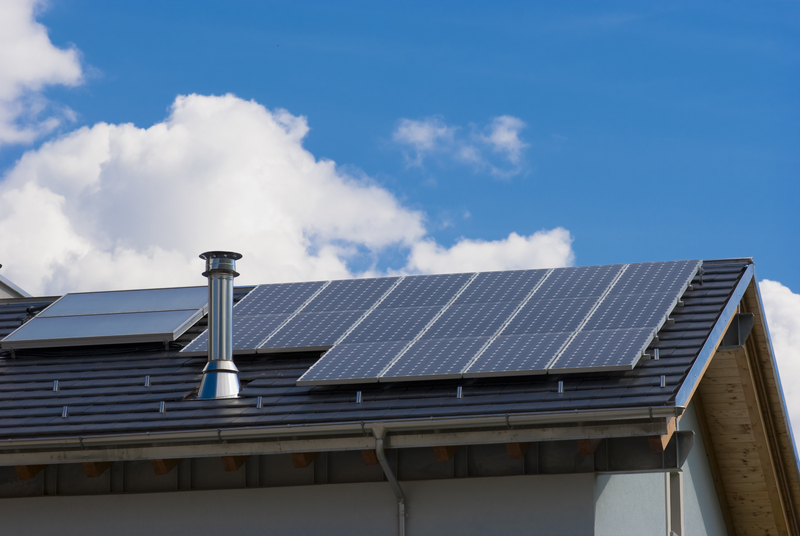So how does this system work? Website How to Go Solar says it's very similar to Trombe walls:
Water tubes form a thermal mass machine with no moving parts and a completely maintenance-free solar thermal energy storage system. Basically, the system stores heat during the day and keep warm at night. The sun is a very powerful energy source, yet mankind allows this heat to be wasted or dissipated. Thermal mass provides us with an inexpensive, non-mechanical way of storing the sun’s heat.
It is known that radiant heating and cooling is most comfortable for a man. Water storage tubes represent a low-tech form of radiant system which prevents wide temperature swings by absorbing and diffusing solar energy. The radiant energy of solar storage tanks will naturally regulate home temperature, but it can not be used as a substitute for heating/cooling needs.
When installed to face the south window, solar tubes function as a Direct Gain Water Wall. Water absorb and store solar energy, while allowing natural daylight to pass through. Solar tubes temper both the light and heat from the sun by removing wide temperature fluctuations while also helping to reduce glare from the south facing windows.
If you need a little more explanation of how this works, you're in luck! The website explains that thermal mass is the ability of something to store energy:
If you check the Specific Thermal Capacity value for various materials, you will notice that water has a remarkably high thermal mass. This means it can store more heat for a given volume. For example, water has a volumetric heat capacity more than double comparing to concrete or bricks. Also it naturally absorbs and releases its heat to the surrounding air. Another important factor is that convection currents in water allow heat to travel around more quickly than in a solid object, like concrete or brick. Thus, water is able to add or remove heat from our home without the external supply of electrical energy.
What do you think of this system? Would it make you more likely to try solar energy for your home? Share your thoughts and opinions in the comment section below!
Article Source: How to Go Solar
